Microsoft Security Framework: Your Business Protection Guide
In today’s digital world, businesses face constant cyber threats like data breaches and malware. To keep information safe, companies need a solid security plan. The Microsoft Security Framework is a strong, all-in-one solution designed to help businesses protect their data, manage who can access it, and meet security standards. Let’s explore how the Microsoft Security Framework works and how it helps keep businesses secure.
What is the Microsoft Security Framework?
The Microsoft Security Framework is a set of tools and strategies that work together to protect a company’s information and devices. It combines features like security for devices, user identity checks, threat protection, and compliance into one unified system. By using this framework, companies can secure their digital assets, spot and respond to threats quickly, and keep their data safe across all devices.
Key Parts of the Microsoft Security Framework
The Microsoft Security Framework is made up of several key tools, each focusing on a specific security need. Here’s an overview of the main components:
- Microsoft Defender for Endpoint: This tool protects against cyber threats by detecting, investigating, and responding to suspicious activity on your devices. Defender for Endpoint uses advanced threat intelligence to keep all devices secure and prevent breaches.
- Microsoft Intune: Intune is a cloud-based system for managing devices and apps. It allows companies to set up security rules on both company-owned and personal devices. With Intune’s Mobile Device Management (MDM) and Mobile Application Management (MAM), employees can work securely from anywhere without risking data security.
- Azure Active Directory (AAD): AAD manages user identities and controls who can access your company’s apps and data. It supports multi-factor authentication (MFA), single sign-on (SSO), and conditional access to verify users before allowing access. AAD’s Zero Trust approach means every access attempt is checked, reducing security risks.
- Microsoft Information Protection: This tool helps businesses label and secure sensitive information. It automatically detects and protects personal data, company secrets, and other important information. This ensures data stays secure, whether it’s stored in a file, shared with others, or accessed outside the company.
- Microsoft Cloud App Security: This tool, also known as a Cloud Access Security Broker (CASB), helps monitor and protect data across cloud services in real-time. It provides visibility into cloud app use, spots unusual activity, and prevents potential data leaks.
- Microsoft Sentinel: Sentinel is a cloud-based solution for tracking and managing security data. It collects information from across your users, devices, and apps, spotting unusual activity, generating insights, and automating responses to security threats.
How These Tools Work Together
Each part of the Microsoft Security Framework works alone and in sync to create strong security coverage:
- Threat Detection and Response: Combining Microsoft Defender, Sentinel, and Intune gives companies powerful tools to spot and address security threats. Sentinel and Defender provide real-time data and insights to help IT teams quickly take action.
- Access Control and Verification: Azure Active Directory helps control who can access data. With tools like MFA and conditional access, only verified users can get in. This Zero Trust approach makes it much harder for unauthorized users to access sensitive data.
- Data Security and Compliance: Microsoft Information Protection and Cloud App Security work to protect sensitive data and ensure it meets security standards. These tools allow companies to track, secure, and control data, making it easier to meet regulations and reduce data exposure.
Why the Microsoft Security Framework is Great for Businesses
Using the Microsoft Security Framework gives companies several benefits:
- Complete Protection: This framework protects everything—devices, user accounts, data, and apps. It creates a strong security system that covers all key areas.
- Simplified Management: All of these tools work together within the Microsoft platform, so businesses can manage security from a single place. This makes it easier for IT teams to handle security without juggling multiple tools.
- Flexible and Future-Proof: Microsoft’s security tools can grow as your company expands, allowing you to add new solutions or scale up as needed.
How to Get Started with the Microsoft Security Framework
Here are the basic steps to get started with the Microsoft Security Framework:
- Assess Needs: Identify the main security areas your company wants to strengthen.
- Plan Deployment: Decide how each tool will be set up, such as device management or access control policies.
- Configure Tools: Set up the tools and customize them to match your company’s needs, such as security policies for access or data protection.
- Monitor and Improve: Use tools like Sentinel and Defender to monitor for threats, making updates as needed to keep your company secure.
- Educate Your Team: Ensure everyone understands how to use the security tools and follow best practices.
Conclusion: Protect Your Business with Microsoft and Axxend
The Microsoft Security Framework offers companies a reliable way to secure their data, manage access, and meet compliance needs. However, setting it up and getting the most out of it can be challenging.
This is where Axxend comes in. Our team specializes in Microsoft security solutions, and we can guide you every step of the way. From understanding your security needs to setting up and managing the tools, Axxend is here to help create a security solution that fits your business perfectly.
Start your security journey with Axxend and the Microsoft Security Framework to stay safe in today’s digital world.
.

